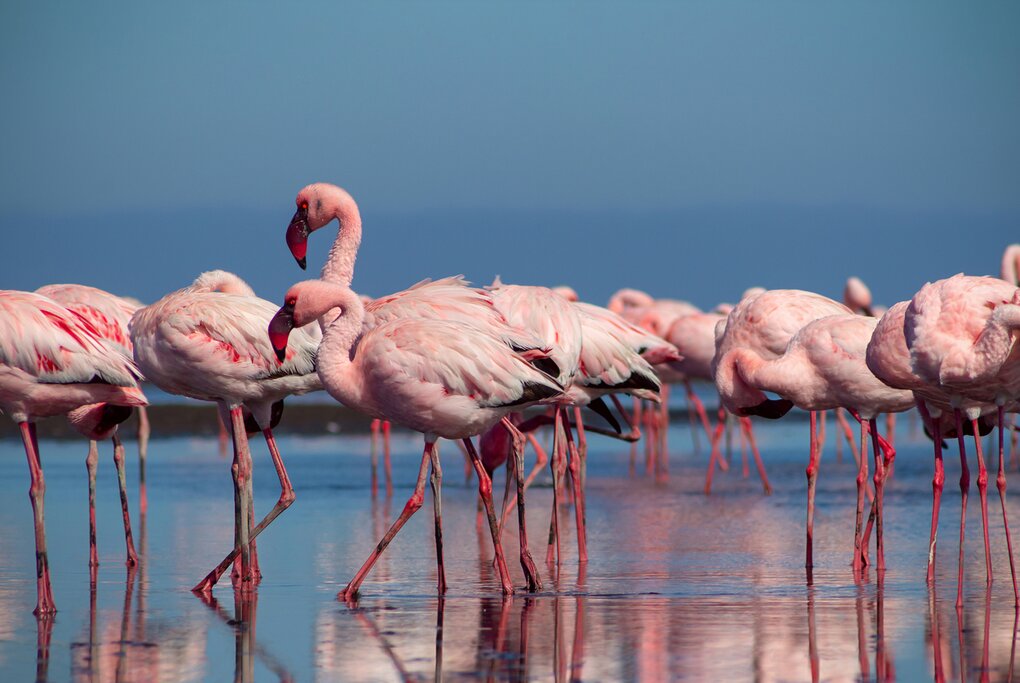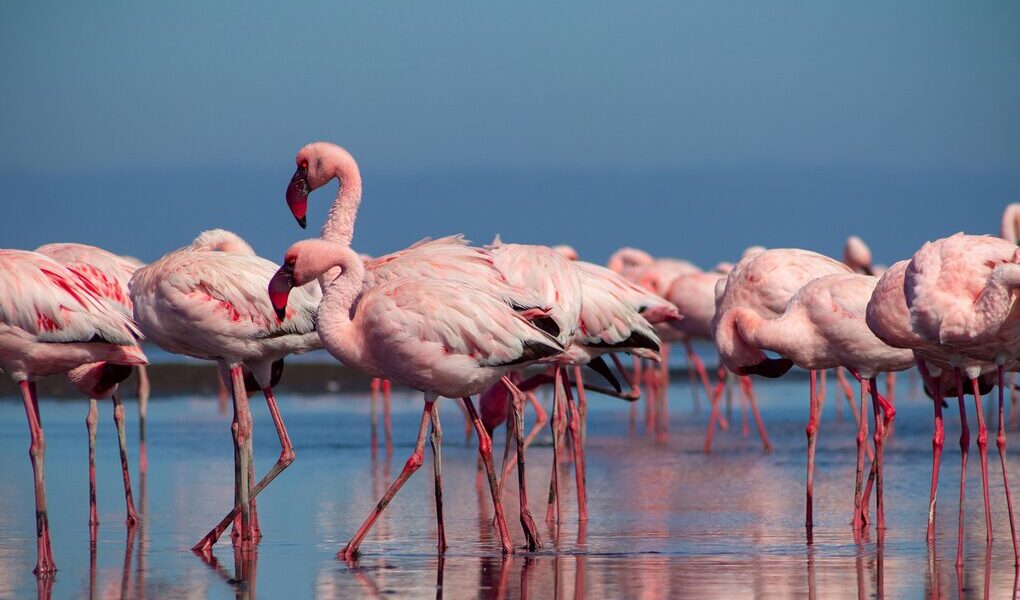
February is midsummer in Namibia, and temperatures can range from warm on the coast to scorching in the desert. Summer is the best time of year to go bird-watching, so grab a pair of binoculars and get ready to see flamingoes, pelicans, and Okavango species. Find out more about traveling to Namibia in February.
## Exploring Namibia in February: A Comprehensive Guide
February in Namibia presents a unique travel experience. As a nation situated in the Southern Hemisphere, February marks the heart of midsummer in this captivating country. The geographical diversity of Namibia dictates variations in climate, with the south generally experiencing hotter and drier conditions, contrasting with the wetter north. The inland capital, **Windhoek**, enjoys a more temperate climate due to its high altitude of approximately 5,600 feet (1,700 meters).
During February, visitors to **Windhoek** can anticipate warm daytime temperatures, typically around 90°F (32°C), offering pleasant conditions for exploring the city. However, the evenings bring a welcome respite, with cooler temperatures prevailing, making it comfortable for outdoor dining and evening strolls. Venturing into the desert regions, such as the **Kalahari**, will expose you to significantly higher temperatures, often soaring to 105°F (40°C). The coastal areas, including the iconic **Skeleton Coast** and the mesmerizing landscapes of **Sossusvlei**, offer a cooler alternative, with average high temperatures hovering in the mid-70s (Fahrenheit) during the Namibian summer. This makes the coast an appealing destination for those seeking to escape the intense heat of the interior.
Summer in Namibia also coincides with the wettest period of the year. Travelers should be prepared for hot and humid days, often punctuated by intense, albeit short-lived, showers in the late afternoons. These showers can sometimes make certain regions of the country difficult to access, particularly those with unpaved roads. It’s important to note that the rainfall is typically not constant; most days feature clear and sunny mornings, allowing for outdoor activities. The afternoon showers tend to be localized, and rarely does it rain all day, every day. Careful planning and flexibility are essential for navigating the potential challenges posed by the summer rains.
February falls within the low season for tourism in Namibia. This is primarily due to the fact that many visitors are drawn to Namibia for its exceptional wildlife-viewing safaris. While Namibia remains a relatively unspoiled and less crowded safari destination compared to some other African countries, the summer months are not considered the prime time for game viewing. However, the low season offers a significant advantage: the absence of large crowds and the opportunity to benefit from lower prices on accommodation, tours, and other travel-related expenses. This makes February an attractive option for budget-conscious travelers or those seeking a more secluded and intimate experience of Namibia.
**Where to Embark On Your Namibian Journey**
The coastal city of **Swakopmund**, located to the west of **Windhoek**, presents an ideal destination to explore in February. Renowned for its exceptional bird-watching opportunities, Swakopmund offers more than just avian attractions. The city itself is a sight to behold, often lauded as one of the most beautiful in Namibia. Its architecture reflects a strong German colonial influence from the late 19th century, showcased by elegant buildings and the iconic red-and-white striped lighthouse. The German influence extends to the local beer culture, providing refreshing options to cool down during the summer heat. **Swakopmund** is also a vibrant hub for outdoor adventure sports, with sandboarding being a particularly popular activity.
Further along the northwestern coast, the **Skeleton Coast National Park** beckons with its dramatic and desolate beauty. The lower temperatures along the coast in February make it a more comfortable time to explore this unique environment. The park’s long, remote beaches are scattered with the haunting “skeletons” of shipwrecks, creating a captivating landscape for photographers. The southern sections of the park are more easily accessible and can be explored through guided 4WD tours. The northern regions, however, remain more isolated and require a flight for access, preserving their pristine and untouched nature.
**What to Experience in the Heart of Namibia**
While game viewing conditions may not be optimal in February, bird-watching takes center stage as an exceptional activity. The area in and around **Swakopmund** boasts particularly outstanding bird-watching opportunities. Thousands of flamingos congregate near the city at the **Walvis Bay Wetlands**, situated on the edge of the **Namib Desert**. These wetlands are easily accessible, located just a 30-minute drive from **Swakopmund**. Visitors can explore the area independently or join a guided tour for a more in-depth experience. In addition to flamingos, you can observe a diverse array of bird species, including pelicans and various other migratory and resident birds.
For those willing to venture further afield, the **Caprivi Strip**, a narrow stretch of land extending northeastward towards **Zambia** and **Zimbabwe**, presents a unique bird-watching paradise. Despite the potentially sweltering conditions in February, avid bird-watchers may find the rewards well worth the effort. The **Caprivi Strip**, being in close proximity to the **Okavango Delta**, is home to a diverse range of bird species, including some found nowhere else in Namibia. This region offers a unique opportunity to witness the avian wonders influenced by the Okavango ecosystem.
B-1699

